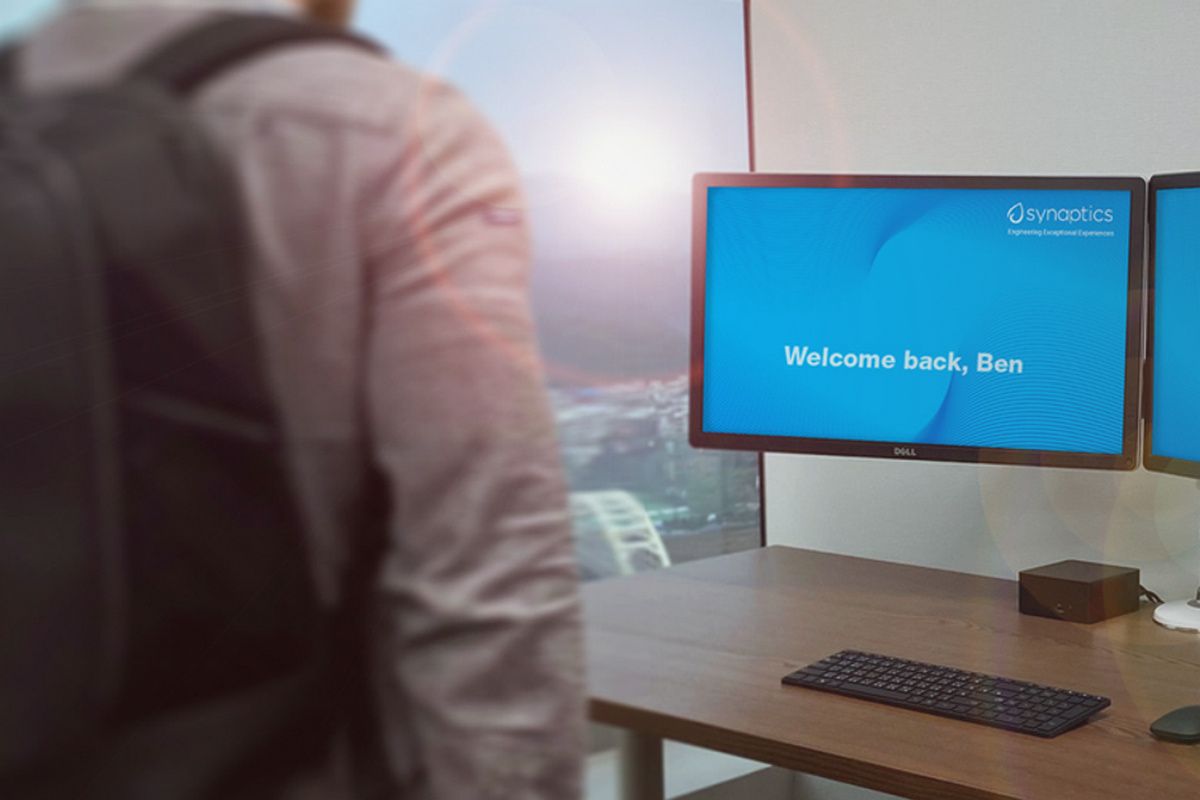Today, Synaptics announced Gemini, a reference design for a wireless docking solution that could dramatically change how we use our laptops for work.
Nowadays, setting up at an office desk means you need something like a Thunderbolt dock, where all your monitors and peripherals are connected, and then you plug the dock into your laptop. With Gemini, Synaptics wants to make it so that all of this happens seamlessly, and as soon as you approach your desk with your laptop, you're ready to go. When you walk away, it disconnects, all while keeping your data secure.
If that all sounds familiar, that's because Gemini was actually part of Dell's Concept Flow, which was shown off last December. This solution allows you to connect up to two 4K displays to a laptop with an experience that's indistinguishable from wireless connections. Additionally, the dock you connect to can also have USB ports, so you can have other peripherals plugged in and connected to your PC wirelessly.
There's quite a bit that goes into this solution, both on the hardware and software side. First, the dock has a Wi-Fi 6/6E radio, which is how it connects to your laptop. There's also a DL-1950 video interface IC with DisplayLink support and dynamic graphics compression that allows you to output video wirelessly, plus a Media Agnostic USB interface that allows you to connect USB devices to the dock and link them wirelessly to your PC. Finally, a network processor SoC and a Wireless Dock Connection Manager that uses Bluetooth and Wi-Fi to ensure a secure connection between your laptop and the dock.
The Gemini reference design is available from Synaptics right now, but there's no indication of when an actual product based on it might launch. We've already seen Dell's Concept Flow, but that doesn't have any sort of date attached to it, either. Synaptics says thhe focus is on laptops right now, but the concept of wireless docking could be applied to tablets and even gaming and virtual reality scenarios.
Regardless, the idea of a wireless docking solution that just works is very enticing. For an enterprise setting, companies would even be able to manage hot-desk setups by seeing which docks are currently being used, how many displays are in a particular setup, and so on, making it easier to assign desks to users based on their needs. We'll just have to wait and see when any actual products come out of it.

